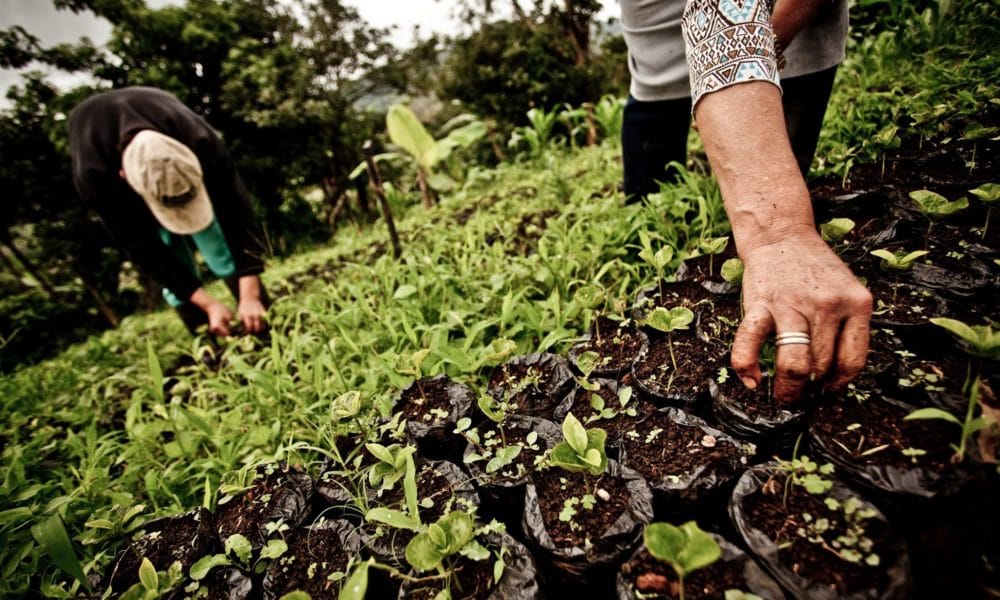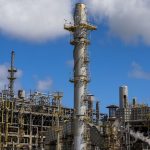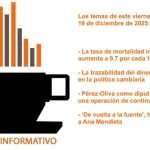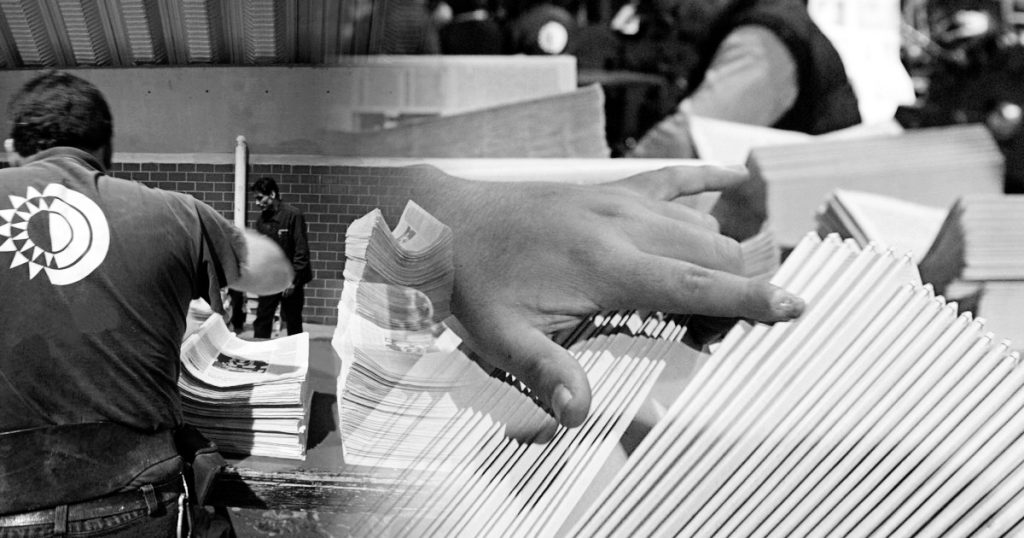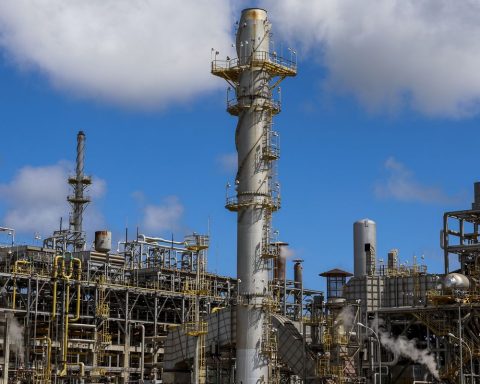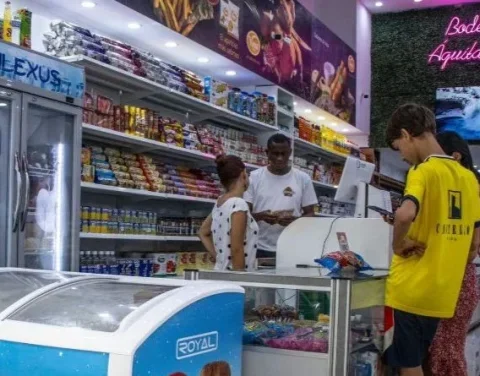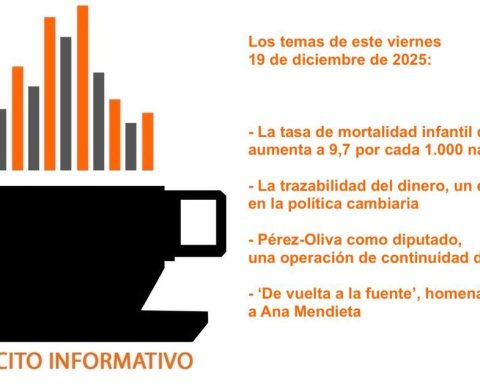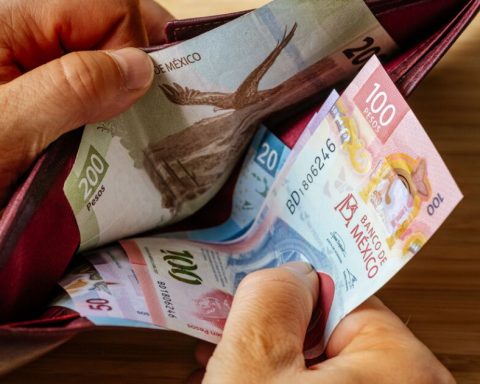The Ortega regime’s collection voracity imposed doubts on the value of the last two shipments of fertilizers that arrived in Nicaragua, preventing agricultural producers from taking advantage of the drop in the international price of this valuable input, and keeping them in the anxiety of having to choose between increasing their production costs, or harvest less.
The global logistics crisis, as a consequence of the covid-19 pandemic, caused fertilizer prices to increase by up to five times their value in 2021. At the beginning of this year, when the market began to correct this imbalance, Russia’s war against Ukraine stirred up the waters, and caused prices to rebound again. Some even higher than before.
“The price began to loosen about three months ago, and some businessmen took advantage of the opportunity to buy, but were surprised that the General Directorate of Customs Services (DGA), imposed doubts on the value and charged them more”, said to CONFIDENTIAL –from anonymity– the executive of a company that provides services to the sector, and knows the modus operandi of Nicaraguan customs.
He exemplified that, if before the start of the pandemic a ton of the cheapest fertilizer could be purchased for $200, (and for $400 a ton of the most expensive), the continuing crises caused those prices to break the psychological barrier of $1,000, until that a number of factors pushed them down to around $700 a ton.
“Upon arrival at Customs, the inspectors decided that the declared value of $700 could not be real, and imposed a ‘found value’ of $1,100, based on the price of imports received two months ago, so they issued objections. for doubt of value to the last two shipments received. Now, the declarations of all the importers come out in red”, he graphed.
In monetary terms, this means that the owner of the merchandise had to pay in advance 105 dollars, in concept of 15% of the value added tax (VAT) based on the 700 dollars that each ton of fertilizer cost, now he must add another 60 dollars that arise from 15% on another 400 dollars that the customs inspector supposes that product must cost.
“The fact that these objections are imposed implies that they do not accept that the price has dropped in the international market, so they charge you 15% VAT on the difference,” the executive illustrated.
Although they do not hold out much hope that an administrative procedure will show that the importers are right, the source suggested that those affected present their documents and show that these are the real amounts they paid, including the international bank transfers they made.
“An international supplier does not lend itself to invoicing amounts lower than the real ones, because these people work with codes of business ethics, they are governed by severe legal frameworks, and they work for companies that trade on stock exchanges. Not only that: the local importer does not prepare the invoices. He makes them an international broker”, he added.
Fertilize… or fertilize. no choice
The increase in the price of fertilizers and agrochemicals imposes on producers the false dilemma of having to decide between using them or not. Dilemma, because these inputs raise the costs of producing a quintal of grain more and more. False, because really they have the losing side, if they do not administer the appropriate amounts.
Donald Morales is a small producer who grows cassava, quequisque, malanga, beans, corn, and bananas on a three-block plot in Camoapa. He remembers that last year, when he was looking for herbicides to weed the crops, gramoxone to kill the grass, or glyphosate to clean the land, he found the product that used to cost him 160 for 300 cordobas, without anyone explaining why it was more expensive.
“They only know how to tell you that this is the price if you want to take it, so the alternative is to buy it or not,” he explained. His option was to stop fertilizing, knowing that this would decrease productivity, but he is not the only one in this situation. “We are thousands of producers, and there are many who are no longer farming,” because they face various types of problems, especially the high price of inputs.
Morales explains that, when the harvest comes out, “there is no one to buy the products, due to high prices, because we cannot sell them below the cost of production,” which has led many to choose to produce only for consumption. family.
As a microentrepreneur, his solution was to stop using industrial fertilizers. In the first place, because he raised the cost of his production. Second, because he decided to enter organic production, with the technical support of a cooperative that is teaching them to produce without industrial chemicals, and how to sell better, although he recognizes that it is not cheap to produce his own fertilizer based on cattle manure.
Emilio Gutiérrez, a coffee grower from Nueva Segovia, explains that the unavoidable need to apply fertilizers to the coffee plantations, “has greatly impacted the costs of producing a quintal of coffee. Depending on the technological level of a coffee grower, this will be the demand for the use of fertilizers on his farm.”
You have to feed the plants
Three rice farmers (one from Sébaco, another from Malacatoya, and a third from Chontales), and an agricultural technician who agreed to speak with CONFIDENTIALfrom the security that anonymity gives them, explained their own experiences with fertilizers.
The one who cultivates in Sébaco said that the rise in the prices of this important input worries the producers, because it is a cost that they cannot recover through prices, so what they try to do is increase productivity, level better, look for more efficiency, because “you can’t stop feeding the plant”.
His colleague from Malacatoya agrees that less fertilizer than the crop needs cannot be applied, even if this implies moving far from the equilibrium point. “You can’t stop fertilizing to reach production goals, so you look for ways to cut elsewhere, but not in fertilization, which is the plant’s food.”
Faced with this obligation, the Chontaleño rice grower explains that it is more expensive for his peers to fertilize, and that makes it more difficult for them to compete, although he acknowledges that they have no choice but to do so.
The technician explained that with the exception of rice farmers (whose plants grow in flooded land), the excess moisture left by the heavy rains associated with Hurricane Julia will affect different crops, forcing producers of items as diverse as peanuts or vegetables, to make preventive applications of fungicides.
“The producer will have to search for it, because it would be worse if the crops were lost, or if a fungus affected them, and the yield dropped, because the fungicides were not applied. Although the prices are high, it is not so high as to make them inaccessible to the producer who, in any case, has no option of not applying it, or waiting to see if the disease arises or not, because when the symptoms are already seen, it is because It is quite advanced”, he graphed.
Prices offer respite, but remain high
Regardless of where and how much they buy, growers are dependent on fertilizers, forcing them to keep looking for those chemicals to get the best results from their crops.
The Malacatoya rice grower observes that the price of this product has been falling, after the demand decreased, in reaction to the high prices with which the production cycle started due to the invasion of Ukraine. He points out, for example, that a quintal of urea, which for a long time was priced at 25 dollars, had an initial increase that took it to cost 36 or 37 dollars, before rising again to reach 62.
Coinciding with his rice-producing colleague from Chontales, this producer says that he has seen how sellers are looking to average the prices of the urea they bought expensive with the one they bought a little cheaper, in order to offer them better prices, especially because the previous freight is also going down.
“Urea can no longer go up, but even if it goes up, we cannot transfer the cost to consumers,” he says, explaining that between five and seven quintals of urea are needed per apple of rice, (depending on the variety, and whether it is winter or summer), in addition to another two quintals of complete fertilizer and three of potassium muriate, which is used for the plants to have a greater assimilation of nitrogen, and achieve greater harvests.
Gutiérrez, the coffee grower from Nueva Segovia, remembers that, a year ago, a quintal of fertilizer of the cheapest standard formula cost 23 to 25 dollars, and that this price went from 53 to 55 dollars, which he attributes to the effects of the war in Ukraine, the cost of maritime transport, since as of the 2019 tax reform, in Nicaragua pay taxes on agrochemicals.
Fortunately for his union, coffee has had good prices in 2021 and 2022 (international markets are paying almost 200 dollars per quintal at this time); which has allowed them to compensate for these increases, to continue fertilizing and maintain their productivity levels.
“Producers with a medium technological level, who need to apply four to five quintals per block, two to three times a year, are applying only once a year, which affects the usefulness of the crop, which will have long-term yield problems. term. There are others who are making organic fertilizers, but this only works on a small scale (one to two blocks), because organic fertilizer needs to be applied in larger quantities,” he explained.
In industrialized crops such as rice and sugar cane, “many producers were able to buy when it was cheap, although later the price of fertilizers rose to between 68 and 80 dollars per quintal. When the demand contracted, because the farmers began to apply less, the price began to loosen, and at this moment it oscillates between 58 and 70 dollars”, because it was possible to find it cheaper in the international market.
Finally, both rice and coffee growers recognized that this year, the lack of labor will be a more significant problem than in previous years, because if before they had to compete with the best conditions offered by Honduran and Costa Rican coffee growers, this time there are fewer cutters to court, because many have emigrated to Costa Rica or the United States.
